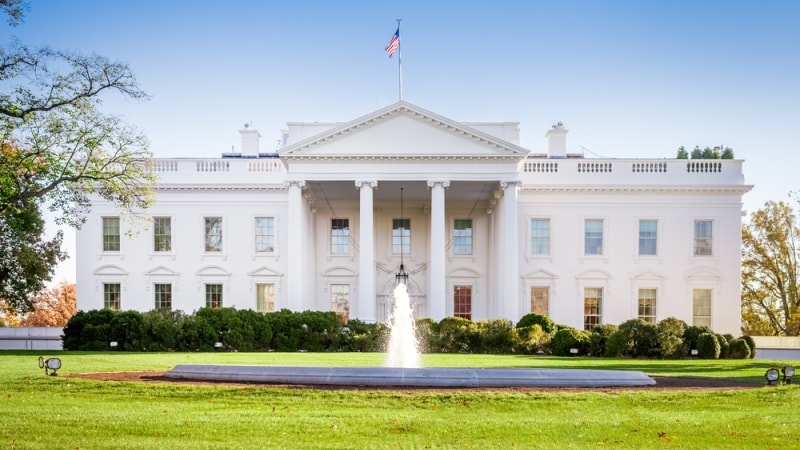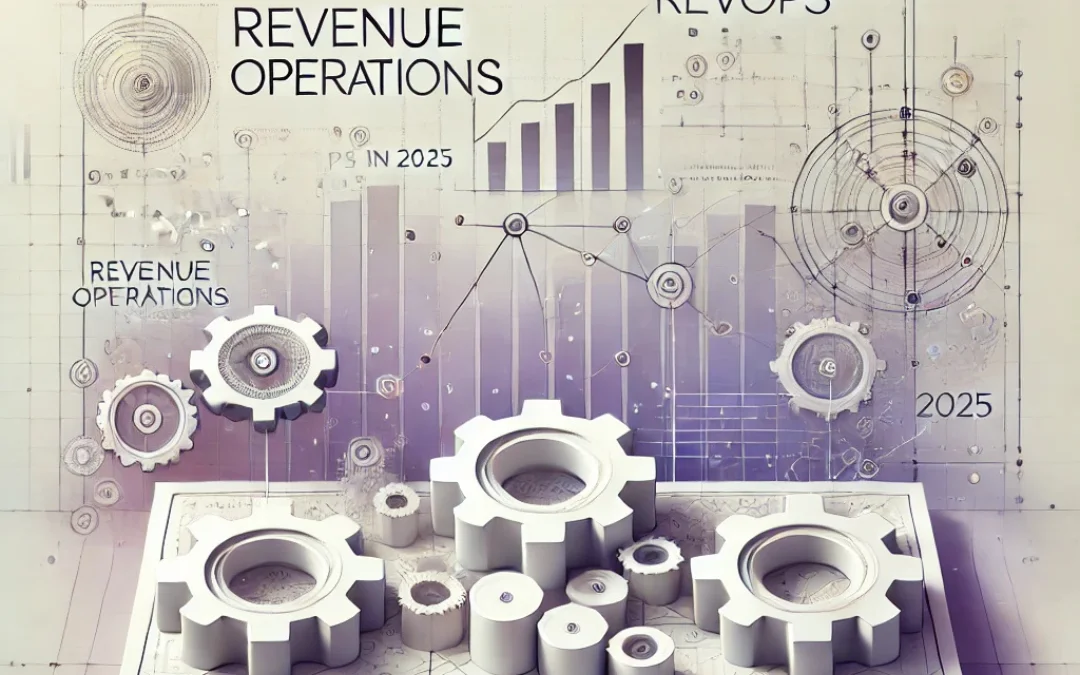What the White House AI Roadmap Means for You artificial Intelligence is no longer a futuristic buzzword — it’s the lifeblood of innovation coursing through every aspect of our modern world. From healthcare diagnostics and personalized education to national security and job creation, AI is reshaping the contours of American life. And now, with the unveiling of the White House AI roadmap, things are about to accelerate in ways we’ve only imagined.
So, what does this landmark initiative actually mean for everyday people, businesses, educators, and tech pioneers? Let’s take a deep, optimistic dive into how the White House AI roadmap is poised to influence lives across the United States.
A Vision for an AI-Ready America
The White House AI roadmap outlines a comprehensive strategy to develop, deploy, and govern AI technologies responsibly. It’s not just about fostering cutting-edge research — it’s about creating an ecosystem where AI works for everyone.
Think of it as a digital compass, guiding America toward:
- Ethical innovation
- Economic resilience
- Technological sovereignty
- Workforce empowerment
- Global competitiveness
And the best part? It’s not just for policymakers or tech giants. This roadmap touches every sector and citizen.

For Students and Educators: AI in the Classroom
Gone are the days when classrooms relied solely on textbooks and chalkboards. With the White House AI roadmap, expect AI to play a major role in transforming how students learn and how teachers teach.
Imagine AI-powered tutors offering personalized feedback in real time. Or adaptive learning platforms adjusting lesson plans based on student progress. The roadmap invests in such innovations while ensuring student data privacy and equitable access.
More importantly, it supports the integration of AI literacy into school curricula. Elementary to high school students will begin learning not only how to use AI but also how to question it, build it, and think critically about its role in society.
For educators, professional development in AI is on the rise. Training programs, workshops, and federal grants will make it easier to stay current in a rapidly evolving field. The classroom of the future is here, and it’s intelligent, inclusive, and imaginative.
For Job Seekers and Workers: Skills That Pay the Bills
One of the most empowering elements of the White House AI roadmap is its focus on workforce transformation. There’s a clear acknowledgment that AI will automate some jobs, redefine others, and create entirely new career paths.
To prepare for that, the roadmap includes initiatives for:
- Reskilling and upskilling programs
- Federal partnerships with community colleges and trade schools
- Apprenticeship-style training in AI-related fields
- Support for displaced workers to transition into emerging tech sectors
Whether you’re a factory worker looking to shift into robotic maintenance or a customer service rep exploring roles in AI auditing, this roadmap is about inclusion. No one is left behind in the age of intelligent machines.
For Entrepreneurs and Startups: Innovation Gets a Boost
America thrives on entrepreneurship, and the White House AI roadmap ensures that startups remain central to the AI revolution. One major initiative includes easier access to federal AI research and development (R&D) resources.
Startups and small businesses will benefit from:
- Open AI datasets curated by government agencies
- Cloud computing credits and access to supercomputers
- Collaborative R&D projects with national labs
- Grants and funding tailored for early-stage AI innovators
These aren’t just lofty promises. They’re actionable strategies to help small businesses compete alongside tech behemoths. Whether you’re developing a medical imaging AI or an algorithm for supply chain optimization, federal support is at your fingertips.
For Everyday Citizens: A Smarter, Safer Society
You don’t need to write code to feel the impact of the White House AI roadmap. It touches everyday life in more ways than you might expect.
Take healthcare. AI is already revolutionizing diagnostics, from detecting cancer cells to predicting heart conditions. The roadmap ensures that such breakthroughs are distributed fairly, avoiding healthcare deserts and improving rural access.
In public safety, AI will help manage disaster response systems, detect wildfires early, and even analyze infrastructure stability to prevent collapses.
Transportation systems will see smart traffic lights, AI-assisted public transit schedules, and autonomous vehicle safety standards. This means smoother commutes and fewer accidents.
Even in housing and environmental monitoring, AI can predict rent trends, optimize energy use, and identify climate vulnerabilities. It’s not just smart — it’s compassionate technology, built for human well-being.
For Developers and Technologists: Ethics at the Core
One of the cornerstone principles of the White House AI roadmap is ethical AI development. No longer is it acceptable to build algorithms without accountability or transparency.
This includes:
- Rigorous auditing standards for AI systems
- Guidelines for algorithmic fairness and inclusivity
- Requirements for explainability in decision-making systems
- Benchmarks for safety in high-stakes applications like autonomous vehicles and facial recognition
Developers are encouraged — and increasingly required — to build systems that are free from bias, secure by design, and transparent in function.
To help with that, the roadmap supports national AI testbeds and regulatory sandboxes, giving developers space to test and refine new systems in a controlled, ethical environment.
It’s a clarion call for coders and data scientists to build responsibly — with equity, justice, and human dignity baked into every line of code.
For Researchers and Academia: Fuel for Discovery
The United States has long been a crucible for world-class research, and the White House AI roadmap reinforces that legacy.
Academic institutions benefit from:
- Increased federal R&D investment
- Multi-university AI research centers
- Greater access to compute resources and real-world data
- Stronger industry-academia collaborations
This creates fertile ground for fundamental breakthroughs in machine learning, computer vision, and natural language processing — all while nurturing the next generation of AI scholars.
There’s also a focus on interdisciplinary research. That means sociologists, ethicists, economists, and policy experts are invited into the AI conversation. Because understanding AI’s impact means understanding its ripple effects across every layer of society.
For National Security: Strength Through Technology
The White House AI roadmap doesn’t overlook defense and national security. On the contrary, AI is seen as a strategic asset that’s crucial to safeguarding national interests.
From cybersecurity algorithms that can predict and neutralize attacks, to autonomous drones supporting disaster relief, the roadmap integrates AI across defense operations with a sharp focus on:
- AI system resilience
- Human oversight in lethal applications
- Secure supply chains for AI components
- Collaboration with international allies on defense ethics
It’s about strategic superiority — not just in warfare, but in global diplomacy, cybersecurity, and peacekeeping.
For Consumers: Transparency and Trust
Let’s face it — many people are wary of AI. Concerns about surveillance, misinformation, and data privacy are not only valid, they’re central to public discourse.
Thankfully, the White House AI roadmap takes this seriously. A major component is consumer protection and digital trust.
Expect to see:
- Clear labeling of AI-generated content
- Stricter guidelines for data collection and consent
- New standards for misinformation detection and content moderation
- Federal oversight on AI tools that influence public opinion or decision-making
The result? A digital environment where consumers are not just passive users but empowered participants — informed, protected, and respected.
For Marginalized Communities: Inclusion by Design
AI can only reach its full potential if it works for everyone — and that includes people historically excluded from tech benefits. The White House AI roadmap sets strong guardrails to ensure equity and inclusion are foundational, not optional.
That means:
- Diverse representation in AI training datasets
- Research funding dedicated to studying bias and discrimination in algorithms
- Community-led AI projects in underserved areas
- Partnerships with HBCUs, Tribal Colleges, and Minority-Serving Institutions
Inclusion isn’t a footnote — it’s central to the roadmap. From rural towns to inner cities, everyone gets a seat at the table of tomorrow’s AI-powered world.
For the Planet: AI for Environmental Good
Sustainability is another vital focus. The White House AI roadmap supports using AI to combat climate change and preserve natural resources.
Applications include:
- Predictive analytics for extreme weather
- Smart agriculture tools for optimizing water use
- AI-assisted environmental monitoring to protect biodiversity
- Modeling carbon emissions and proposing mitigation strategies
AI becomes an ally of the planet, not a burden on it. It’s the fusion of innovation and stewardship, where technology serves Earth’s long-term health.
For Global Leadership: Setting the Gold Standard
In a world where AI development is a race, the White House AI roadmap helps ensure the United States leads not just with power, but with principles.
By setting international norms for responsible AI, the U.S. builds partnerships, counters authoritarian misuse of technology, and spreads democratic values through digital diplomacy.
Key moves include:
- Bilateral and multilateral AI governance frameworks
- Collaboration with allies on AI R&D
- Export controls on high-risk AI applications
- Human rights standards baked into global AI policy
This isn’t just about winning. It’s about leading ethically, inclusively, and boldly.
Final Thoughts: The AI Road Ahead
The White House AI roadmap is more than a government strategy — it’s a shared blueprint for a nation navigating a tech-infused future. It blends ambition with accountability, and optimism with pragmatism.
Whether you’re a student curious about AI careers, a parent concerned about data privacy, a small business owner looking for funding, or simply someone who uses a smartphone every day — this roadmap affects you.
AI is no longer on the sidelines. It’s at the heart of progress. And thanks to this thoughtful national initiative, the journey forward is looking brighter, bolder, and smarter than ever.
So buckle up. The future isn’t just coming — it’s being written right now.
With the White House AI roadmap leading the way, we’re all part of a new era where intelligence meets integrity, and innovation serves humanity.





More Stories
Tesla’s AI Hiring Shift: Fewer Jobs for Humans?
Upskill Now: Survive and Thrive in the AI Job Market
Retail Revolution: AI Innovation in Action